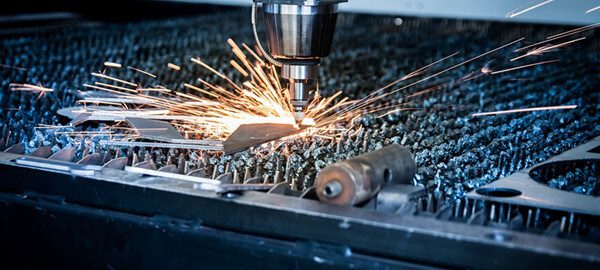When it comes to printing using the rotor gravure machine, there several things that you need to consider. Apart from the gravure printing being popular for mass production of the same images, such as the printing of newspapers, you can make the entire process better by introducing engraving technology.
The gravure printing cylinder carries the plates to print the image. But you can make it easy by having the rotor gravure cylinder engraved with a laser engraving machine to make. Here are ways to get the right laser engraving rotogravure cylinders:
Right Size
One of the crucial factors that you need to keep in is the size of the laser engraving rotogravure cylinders. Depending on the kind of gravure printing that you are doing, you need to get the right cylinders. One of the crucial things that you need to consider is whether the printing cylinder can accommodating the image. The most critical thing that you need to consider is the diameter of the cylinder. If you get it wrong in the diameter, then you will start having a problem with the printing plates fitting on the cylinder. That’s why it is an important factor to consider.
Material Used
The other thing that you need to look for in a laser engraving rotogravure cylinders is the material used. There are many materials that are used for the making of these cylinders, but when using Laser engraving, you need the best quality materials. Copper is one of the most recommended materials for the making of these parts. One of the reasons why copper is recommended is because it can be used for direct engraving where a zinc layer is applied on top of the copper. However, it also offers excellent features when using rubber or photopolymer materials.
Coating Thickness
One of the biggest problems when dealing with laser engraving of the rotogravure cylinder is ferric chloride. This is the chemical that is used for etching the image on the rubber or photopolymer material. If the thickness of the material covering the copper, steel, or ceramic cylinder is not deep enough, then you might destroy the cylinder. That’s why you need to check the thickness of the Laser Engraving RotoGravure Cylinders coating. However, this thickness is determined by the kind etching that you are planning. If the image requires deep cells, then you need to consider having a thick coating material, which could be up five microns.
